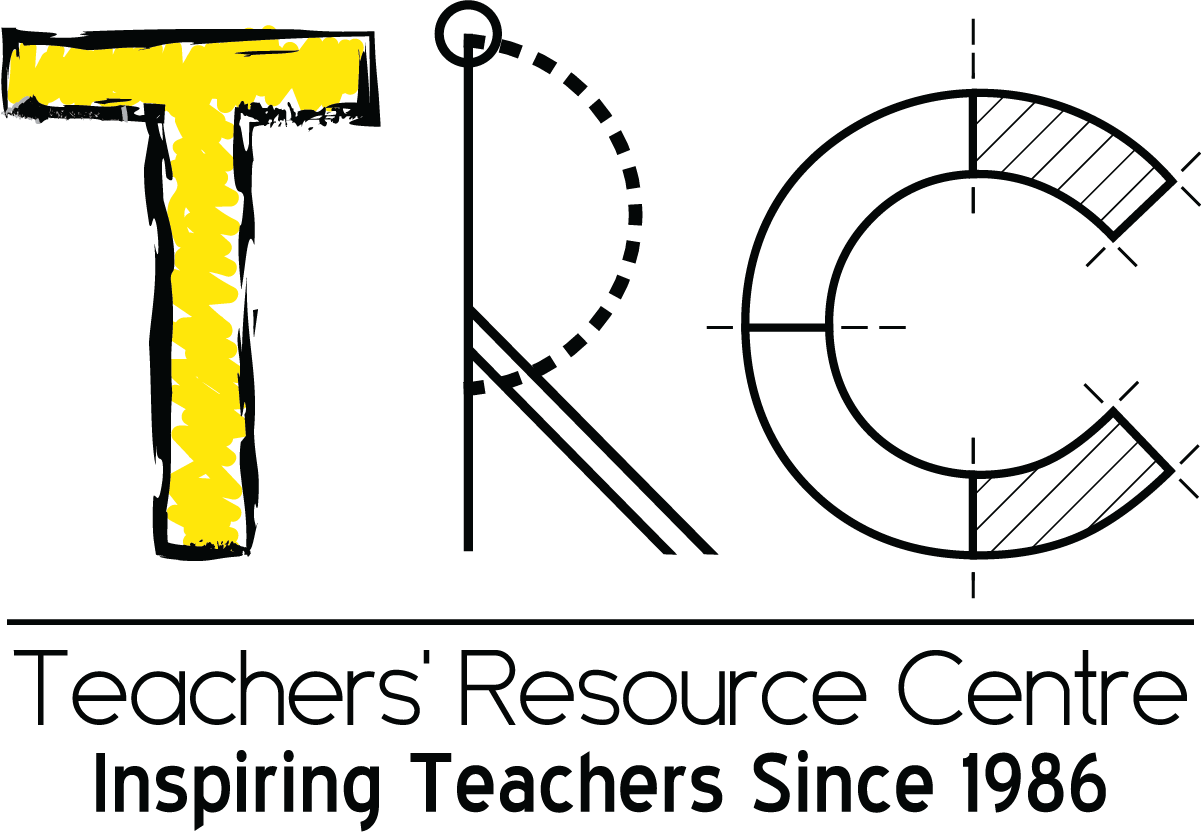No products in the cart.
Adding Art to the Mix
Commonly treated as an add-on, art has seldom been considered a serious part of an education. In this article Shahrezad Samiuddin explores the prevailing attitudes towards a subject that is vital to students’ success and a well-rounded education.
Think of the last time you saw a dance recital, or went to see a theater play, visited an art gallery or read a poem that moved you. You were able to witness all these powerful experiences only because an artist followed his (or her) creative urge and gifted his talent to the world.
Arts education refers to education in the disciplines of music, dance, theatre, and visual arts, all of which are integral to the development of individuals and society and are also a wonderful way to appreciate other cultures and societies. In fact art is a wonderful way to understand and build bridges between different cultures. Take the example of popular culture and how quickly certain songs or dance styles become all the rage around the world, amongst people who have never been exposed to that particular culture and do not understand a word of it.
Or as anybody who has taught children knows, how much easier it becomes to engage them, when you add art to the mix. For instance when you add building a model of Old Lahore to a geography lesson, students’ interest suddenly soar, the subject comes alive and it becomes much easier to remember the facts about the city, than say if they had to make lists and try to memorise facts.
Yet generally in societies such as ours and to a certain extent the world over, the arts are considered an unnecessary or a lesser part of education. One of the main reasons for art’s add-on status is because of the prevalent belief that the whole point of an ‘effective’ education is to help develop the future workforce. Many believe that the skills taught in an art class are not transferable in jobs and hence there is little reason to spend time on art. And so science and math –which are believed to be more effective subjects, take priority over art.
Ayesha Usmani*, whose son attends first grade at a private school in Karachi voices a popular opinion, ‘Because art lessons are not directly applicable to the future careers of our children, I think there is little value in spending too much time studying it. I want my son to focus himself on more important subjects. Art is okay as a hobby, but if my child decides to go for a degree in art I really wonder what kind of a job he will get?’
Ayesha is merely expressing a prevalent belief about the art world. Generally artists are seen to be either hugely successful or tragically unappreciated and unable to make ends meet. Indeed movies and TV shows are rife with quintessential artists who are talented, but struggle to make a living and find appreciation (if at all) only after they die.
Another parent, Kiran Nasir* admits that when she checks her fourth-grader daughter’s report, she skims over the art results to get to the more ‘important’ subjects. She says she is happier when her child does well in those subjects. She also believes that higher education in art is a huge gamble. ‘I think parents who let their children study art are brave and a little impractical. Either they want their daughters to marry well or they have enough money so their children don’t have to work and so it doesn’t matter what they study.’
It is precisely because of such attitudes (which unfortunately are found the world over) that every year we read new research studies which try to ‘save’ and ‘justify’ art as a subject in schools. The studies tell us what most of us already know: that students who study art, improve in other areas such as math, reading and writing. That studying art helps students become better learners generally. Unfortunately advocates bend over backwards to justify a focus on art by linking it to improved test scores and academic performance in other subjects. As if children being creative and developing their aesthetics isn’t a good enough outcome on its own. Not only do those who advocate incorporating more arts education in school curricula find that they have to defend themselves by proving the value of art as a subject, but the whole task of defending art education in school takes away from the importance of creativity as a necessary part in the development of young people who will be our future. When the latest piece of research advocates art education because it will lead to improvement in physics or math, essentially it is saying that the student’s focus should remain on physics or math and that art should remain a means to an end, rather than an end in itself.
Mehtab Amar, who is an art teacher at a local private school and also runs her own art gallery says that she has had to deal with parents who actively discourage their children from doing well in art. ‘There are still many parents who will push their children to only work on subjects that will enable them to get into engineering, medicine or business school. But you cannot pressurise a child.’ Mehtab cites the example of one of her students who was a gifted artist, ‘Her parents saw no future for her in studying art and forcibly tried to make her study science subjects. Of course she didn’t do well and as I was really close to her, I was aware of the fight she had to put up to eventually reach a sort of meeting point and go for a degree in textile designing. She did well in her career, but if her parents had realised what they were doing in the beginning it would have saved everyone a lot of heartache.’
Mehtab disagrees with the general perception that an education in art is a journey that culminates in a dead-end when it comes to careers. ‘When I was doing my diploma in art, many people discouraged me but it was my mother who stood by me and encouraged me. Back then options for art students were limited, but I still managed to make my way and make a decent living. It is natural for parents to worry about their children being practical and making a living. No one wants to see their child struggle but there are many options for art students now. One can work in advertising, you can be an interior designer, you can become an architect … there are so many options for artists now because the world has changed.’
To further emphasise her point, Mehtab elaborates ‘People cannot live without art. Just look at what happens when you plan a project. The first step in many projects around the world involve going to the drawing board. How are you going to do that without an artist?’
*Names have been changed
Giving up a dream
Here is the firsthand account of a young woman, Maheen Babar who grew up dreaming of studying art, but had to opt for business studies due to family pressure.
All my life (well that’s what it felt like back then) I grew up with just one dream: to go to the best art school in Pakistan to study and then find work in the advertising industry, and continue to write, and paint. Going to that particular art school was a dream and the only dream I spoke about and worked for. Even today when I read the interview I gave to a youth magazine, I remember that I only spoke about how I am going to go to art school. For me going to art school was all about cultivating my creativity and basking in art history and culture. I even got a distinction in Fine Arts during my Intermediate and I thought that with that I had made my case for going to art school.
However when the time came to make big decisions about further education I was told by family and family friends that going to Lahore was something that was not going to happen. I was told that going to art school was not safe because it was too liberal (which quite frankly came as a shock because I have been brought up by parents who are relatively liberal). At that time the art school in my city was offering 4 year diplomas instead of degrees. It also cost a lot per semester and my parents thought that for the same amount I could get into business school. So Arts School didn’t make much sense in the long term (monetarily speaking) to a family which had doctors, engineers, bankers and business management students. All those awards and certificates and recognition for talent, eventually came to amount to nothing. I had to start all over in a field, which I knew nothing about. I detested math and it took me a lot of years (including wasting half a year of college) to finally accept my fate.
I have now worked at MNCs, blue chip companies and headed a Human Resource department, but after all of that I have just initiated a small business venture that is all about creativity and arts (gift wrapping/packaging & delivery and event management), all of which I could have learnt about and perfected at an art school. I could have started this a long time ago.
March 2013

